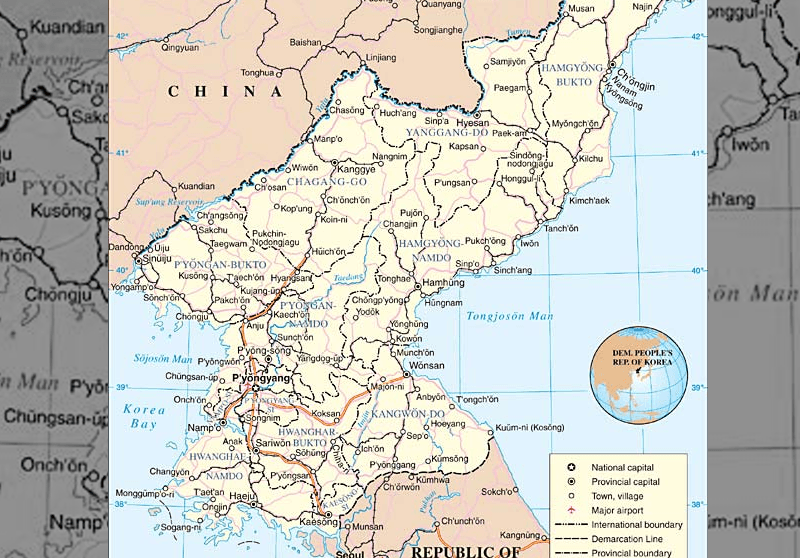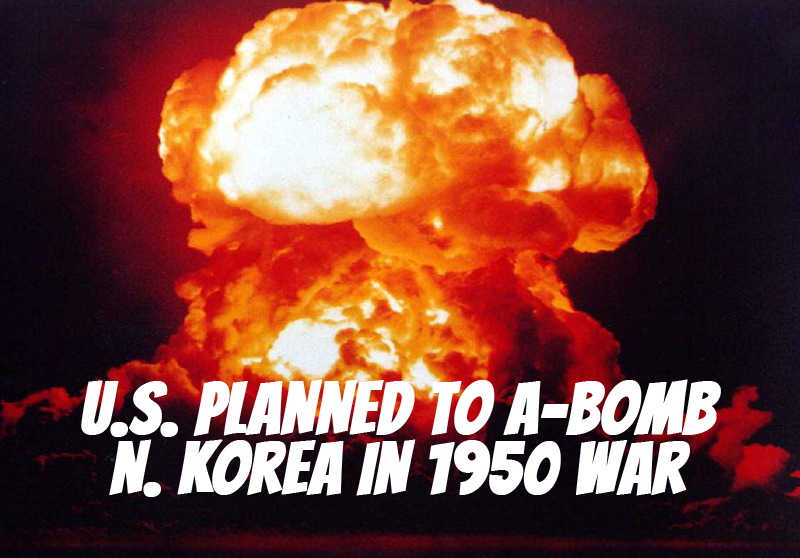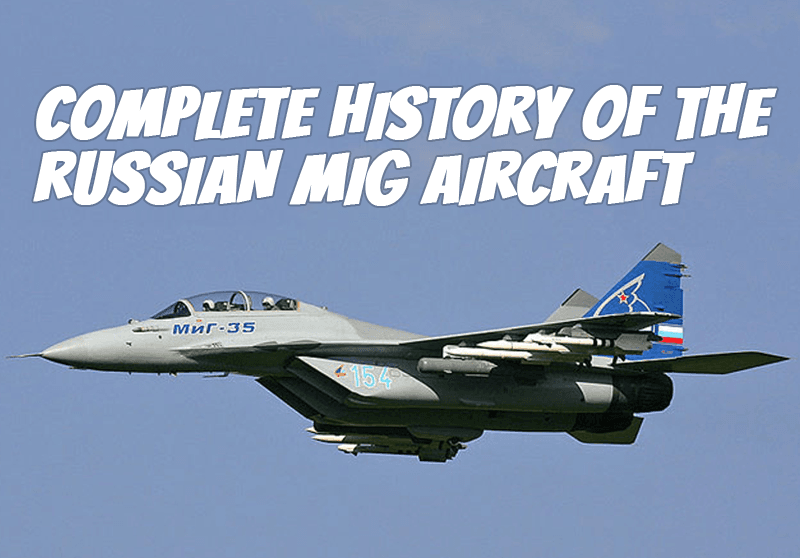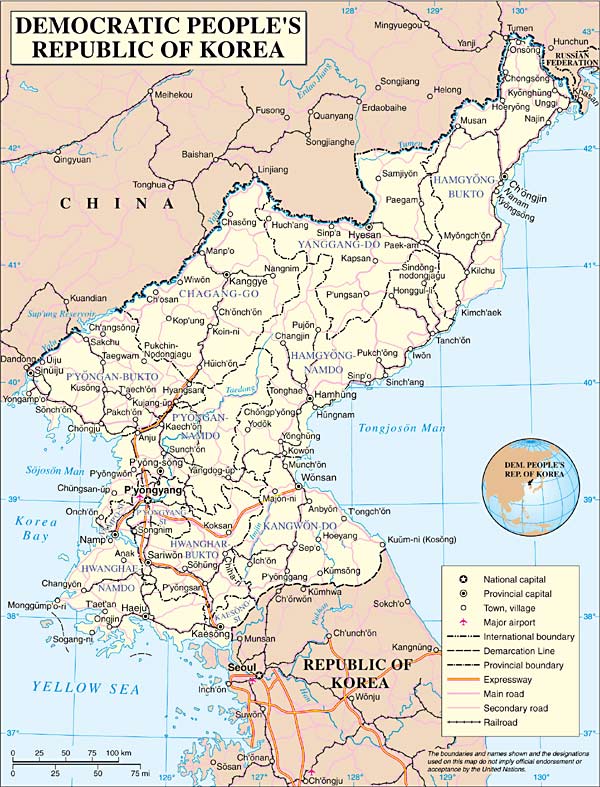
In the aftermath of the Japanese occupation of Korea which ended with Japan’s defeat in World War 11 in 1945, Korea was divided by the Soviet Union north of the 38th Parallel and by the United States south of the 38th Parallel. The Soviets and Americans were unable to agree on the implementation of Joint Trusteeship over Korea. This led in 1948 to the establishment of separate governments in the North and South, each claiming to be the legitimate government of all of Korea. While democratic elections were held in the south, the Soviet Union did not consult the majority of the Korean people when it made the decision to form a separate government.
ESTABLISHMENT
North Korea (0fficial name: The Democratic People’s Republic of Korea) was proclaimed on September 9, 1948, under the supervision of the occupying Soviet forces. Although there was an indigenous Korean Communist Party, the Soviets preferred Korean Communists who had spent the war years in the Soviet Union.
In February 1948, the leading Korean exile Communist, Kim ll-sung, became head of the North Korean Provisional People’s Committee, which preceded the formal establishment of the state. Kim’s rise to power can be attributed to a combination of his ability to organize grassroots movements in the countryside, and, the political choice of many of his rivals to remain in Pyongyang and seek power. In this way, Kim was able to win out over his political rivals. Kim then became Prime Minister, a post he held until 1972, when he became President. The centre of authority was the Korean Worker’s Party, of which Kim was General-Secretary.
The early years
Kim’s government moved rapidly to establish a political system that was partly styled on the Soviet system, with political power monopolized by the KWP. The establishment of a command economy followed. Most of the country’s productive assets had been owned by the Japanese or by Koreans who had been collaborators. The nationalization of these assets in 1946 placed 70% of industry under state control. By 1949 this percentage had risen to 90%. Since then, virtually all manufacturing, finance and internal and external trade has been conducted by the state.
In agriculture, the government moved more slowly towards a command economy. The “land to the tiller” reform of 1946 redistributed the bulk of agricultural land to the poor and landless peasant population, effectively breaking the power of the landed class. In 1954, however, a partial collectivization was carried out, with peasants being urged, and often forced, into agricultural co-operatives. By 1958, virtually all farming was being carried out collectively, and the co-operatives were increasingly merged into larger productive units.
Like all the postwar Communist states, North Korea undertook massive state investment in heavy industry, state infrastructure and military strength, neglecting
the production of consumer goods. By paying the collectivized peasants low state- controlled prices for their product, and using the surplus thus extracted to pay for industrial development, the state carried out a series of three-year plans, which brought industry’s share of the economy from 47% in 1946 to 70% in 1959, despite the devastation of the Korean War. There were huge increases in electricity production, steel production and machine building. The large output of tractors and other agricultural machinery achieved a great increase in agricultural productivity.
By 1958, North Korea’s economy was largely independent from foreign aid and it’s economy, along with the standard, had surpassed that of it’s rival, South Korea. As a result of these revolutionary changes, the population was better fed and, at least in urban areas, better housed, and had access to better medical care than they had been before the war. Standards of living rose rapidly in North Korea in the late 1950s and into the 1960s. There was, however, a chronic shortage of consumer goods, and the urban population lived under a system of extreme labor discipline and constant demands for greater productivity.
The Korean War
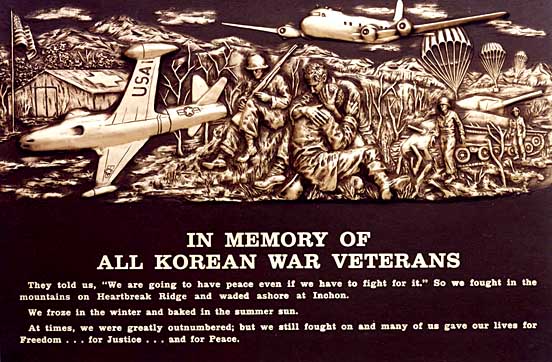
The consolidation of Syngman Rhee’s government in the South with American military support and the suppression of the October 1948 insurrection ended hopes that the country could be reunified by way of revolution in the South, and from early 1949 Kim sought Soviet and Chinese support for a military campaign to reunify the country by force. The withdrawal of most U.S. forces from South Korea in June 1949 left the southern government defended only by a weak and inexperienced South Korean army. The southern regime also had to deal with citizenry of uncertain loyalty. The North Korean army, by contrast, had been the beneficiary of the Soviet Union’s, outdated Soviet WW11-era equipment., and had a core of hardened veterans who had fought as anti-Japanese Guerillas or with the Chinese Communists.
Initially Stalin rejected Kim’s requests, but in late 1949 the victory of the Communists in China and development of the Soviet nuclear weapons made him re-consider Kim’s proposal. In January 1950, the permission to stage an invasion was finally approved by Stalin. The Soviet provided limited support in the form of advisors who helped the North Koreans as they planned the operation, and Soviet instructors trained some of the Korean units. However, from the very beginning Stalin made it clear that the Soviet Union would avoid a direct confrontation with the U.S. over Korea and would not commit ground forces even in case of some major military crisis. The stage was set for a civil war between two rival regimes on the Korean peninsula.
For over a year before North Korean forces attacked the southern government on June 25,1950, the two sides had been engaged in a series of bloody clashes along the 38th parallel, especially in the Ongjin area on the west coast. On June 25, 1950 the northern forces escalated the battles into a full-fledged offensive and crossed the parallel in large numbers. Due to a combination surprise, superior military forces, and a poorly armed South Korean army, the Northern forces quickly captured Seoul, and Syngman Rhee and his government was forced to flee further south. However the North Koreans failed to unify the peninsula when foreign powers entered the civil war. North Korean forces were soon defeated and driven northwards by the United Nations forces led by the U.S. By October, the U.N. forces had retaken Seoul and captured Pyongyang, and it became Kim’s turn to flee. But in November, Chinese forces entered the war and pushed the U.N. forces back, retaking Pyongyang in December and Seoul in January 1951. In March U.N. forces retook Seoul, and the war essentially became a bloody stalemate for the next two years. The front was stabilized in 1953 along what eventually became the current Armistice Line. After long negotiations, the two sides agreed on a border formed by the Korean Demilitarized Zone, and a ceasefire was declared. Note that an official peace treaty was never signed, and so the two Koreas have technically been at war since 1950.
After the war, Kim took control of North Korean politics, with the support of the armed forces, who respected his wartime record and long resistance to the Japanese. A key leader of the South Korean leftists, Pak Hon-yong, was blamed for the failure of the southern population to support North Korea during the war and was executed after a show-trial in 1955. Most of the South Korean leftists who defeated the North in 1945-1953 were also accused of espionage and other crimes and killed, imprisoned or exiled to remote agricultural and mining villages. Potential rivals from other groups such as Kim Tu-bong were also purged.
Postwar consolidation
The 1954-56 three year plan repaired the massive damage caused by the war and brought industrial production back to prewar levels. This was followed by the five- year plan of 1957-61 and the seven year plan of 1961-67. These plans brought about further growth in industrial production and substantial development of state infrastructure. By the 1960s North Korea was the second most industrialized nation in East Asia, trailing only Japan. While a number of internal limitations appeared, such as in the production of consumer goods, the national standard of living was considered by many third-world nations as an alternative to the capitalist model of development sponsored by the United States. Building upon the ruins left by the Korean War, the North Korean economy by the late 1960s provided its people with medical care, universal education, adequate caloric intake, and livable housing.
Kim ll-sung promoted Juche (self-reliance), a slogan he began in the late 1950s and which he ultimately made North Korea’s official ideology, displacing Marxism-Leninism. The goal of Juche is to make North Korea strong enough to resist foreign invasion and capitalist intervention. Juche did not aim to make North Korea self-sufficient. The North Korean people were making use of domestic materials, technology, and innovations instead of becoming dependent upon those from outside the nation. Juche urged the North Korean people to resist foreign invasion by launching a series of mass-campaigns designed to strengthen the country economically, militarily, and culturally.
North Korea’s position was complicated by the Sino-Soviet split, which began in 1960. Relations between North Korea and the Soviet Union worsened when the Soviets concluded that Kim ll-sung was supporting the Chinese side, although in fact Kim hoped to use the split to play China and the Soviets off against each other while pursuing a more independent policy. The result was a sharp decline in Soviet aid and credit, which could be not be replaced by the less advanced Chinese. In fact, Kim’s enthusiasm for Mao Zedong’s policies was limited, despite his rhetorical denunciations of “revisionism.” While he supported Chinese campaigns such as the Great Leap Forward, he saw Maoist initiatives such as the Hundred Flowers Campaign and the Cultural Revolution as destabilizing and dangerous. In this way, Kim ll-sung showed his determination to mark an independent path for North Korea when possible.
Economic decline
Template: NPOV section due to internal limitations in the idea of Juche, a series of poor policy decisions concerning military expenditures and mining industries, and radical changes in international oil prices by the late 1970s the North Korean economy began to slow down. These decisions eventually affected the whole economy and led having to acquire external debts. At the same time the North Korea’s policy of self-reliance and the antagonism of America and its allies made it difficult for them to expand foreign trade or secure credit.
In the 1970s the expansion of North Korea’s economy, with the accompanying rise in living standards, came to an end and a few decades later went into reverse. A huge increase in the price of oil following the oil shock of 1974 hurt the economies of countries throughout the world, North Korea among them. North Korea has no oil of its own, and it had few export commodities of interest to the west. Compounding this was a decision to borrow foreign capital and invest simultaneously in the military and mining industries. North Korea’s desire to gain as much independence as it could from China and Russia prompted the expansion of its military power. They believed such expenditures could be covered by foreign borrowing and increased sales of its minerals in the international market. North Korea invested heavily in its mining industries and purchased a large quantity of extractive machinery and tools from abroad. However, soon after making these investments, the international prices of for many of these minerals fell, leaving North Korea with large debts and an inability to pay off the debts and provide a high level of social welfare to its people.
Adding to the above, the centrally planned economy, which emphasized heavy industry, had reached the limits of its productive potential in North Korea. Juche repeated demands that North Koreans learn to build and innovate domestically had run its course as had the ability of North Koreans to keep technological pace with other industrialized nations. By the mid to late-1970s some parts of the capitalist world, including South Korea, were advancing into new phases of technology and economic development and phasing out the coal-and-steel-based economies of the earlier period.
Kim ll-sung, trapped in an ideology that had once been highly successful, was unable to respond effectively to the challenge of an increasingly prosperous and well-armed South Korea, which undermined the legitimacy of his own regime. Having failed at their earlier attempt to turn to the market and conduct market-economy reforms such as those carried out in China by Deng Xiaoping, Kim opted for continued ideological purity. The DPRK by 1980 was faced with the choice of either repaying its international loans, or continuing its support of social welfare for its people. Given the ideals of Juche, North Korea chose to default on its loans, and by late 1980s its industrial output was declining.
Succession by Kim Jong-il
Kim ll-sung died in 1994, and his son, Kim Jong-il, succeeded him as General-Secretary of the Korean Workers Party. Although the post of President was left vacant, Kim Jong-il became Chairman of the National Defense Commission, a position described as the nations “highest administrative authority,” and thus North Korea’s de facto head of state. Hiss succession had been decided as early as 1980, with the support of the most important interest group, the armed forces led by Defense Minister Oh Jin-wu.
During the decade of Kim Jong-il’s rule, North Korea’s economy has continued to deteriorate and the standard of living of its 23 million people has continued to fall. From 1996 to 1999 the country experienced a large scale famine which left some 600-900,000 people dead. The fundamental cause of this decline is that the state, which runs the entire economy, is bankrupt, and cannot pay for the necessary imports of capital goods to undertake the desperately needed modernization of its industrial plants. The inefficiency of North Korea’s Stalinist-style collective agricultural system also contributed to the disaster. North Korea spends about a quarter of its GDP on armaments, including the development of nuclear weapons, and keeps nearly all able-bodied males aged 18-30 in uniform, while the basic infrastructure of the state is allowed to crumble. As a result, North Korea is now dependent on international food aid to feed its population. According to Amnesty International, more than 13 million people suffered from malnutrition in the DPRK in 2003. In 2001 the DPRK received nearly $US300 million in food aid from the United States, South Korea, Japan, and the European Union, plus much additional aid from the United Nations and non-governmental organizations. Unspecified ( but apparently large) amounts of aid in the form of food, oil and coal are also provided by China every year. Despite this North Korea maintained its violent rhetoric against the U.S., South Korea and Japan. The supply of heating and electricity outside the capital is practically non-existent, and food and medical supplies are scarce. When there is a bad harvest , as has been persistently the case over recent years, the population faces actual famine: a situation never before seen in a peacetime industrial economy. Since 1997 there has been a steady stream of illegal
emigration to China, despite the efforts of both countries to prevent it.

Kim Jong-il has said that the solution to this crisis is earning hard currency, developing information technology, and attracting foreign aid, but despite some movement towards reform it has not substantially reduced the state’s control over the economy or introducing the market-oriented reforms which have produced spectacular economic growth in China since 1979. North Korea instead, seems to be pursuing the same path as in Vietnam. So far the DPRK, not surprisingly given Juche and U.S. attempts to isolate them, has made little progress in attracting private capital.
In July 2002 some limited reforms were announced. The currency was devalued and food prices were allowed to rise in the hope of stimulating agricultural production. It was announced that food rationing systems as well as subsidized housing would be phased out. A “family-unit farming system” was introduced on a trial basis for the first time since collectivization in 1954. The government also set up a “special administrative zone” in Sinuiju, a town near the border with China. The local authority was given near-autonomy, especially in its economic affairs. This was an attempt to emulate the success of such free-trade zones in China, but it attracted little outside interest. Despite some optimistic talk in the foreign press the impetus of these reforms has not been followed with, for example, a large-scale decollectivization such as occurred in China under Deng.
Current situation
President Kim Dae-jung of South Korea actively attempted to reduce tensions between the two Koreas under the Sunshine Policy, But this produced few immediate results. Since the election of George W. Bush as president of the United States, North Korea has faced renewed external pressure over its nuclear program, reducing the prospect of international economic assistance. By labeling North Korea as a member of the “axis of evil,” Bush antagonized the Northern leadership and contributed to the regression in relations between the North and the South.
North Korea remains a Stalinist state. The lack of access to the foreign media and the tradition of secrecy in North Korea means that there is little news about political conditions, but Amnesty International’s 2003 report on North Korea says that “there were reports of severe repression of people involved in public and private religious activities, including imprisonment, torture and executions. Unconfirmed reports suggested that torture and ill-treatment were widespread in prisons and labour camps. Conditions were reportedly extremely harsh.”
There seems little immediate likelihood that North Korea will undergo an East German-style collapse: a prospect that South Korea and China view with great trepidation because of the fear of a sudden and large exodus of North Korean refugees into their countries. There appears to be little internal opposition to the regime. Indeed, a great many of the food refugees who have fled to China still showed significant support for the current government as well as pride in their homeland. Many of these food refugees reportedly return to North Korea after earning sufficient money.
In 2002 Kim Jong ill declared that “money should be capable of measuring the worth of all commodities,” followed by some small market economy relaxations, and the creation of the Kaesong Industrial Region with transport links to South Korea was announced. Experiments are under way to allow factory managers to fire underperforming workers and give bonuses. China’s investment increased to $200 million in 2004. China has counseled North Korea’s leaders to gradually open the economy to market forces, and it is possible this path will be successfully followed as well as China’s policy of keeping political control firmly in the hands of the communist party.

North Korea declared on Feb. 10, 2005 that it has nuclear weapons, bringing widespread calls for the North to return to the six-party talks aimed at curbing its nuclear program. It was initially disputed by outside sources whether or not North Korea has nuclear weapons, and many Russian sources denied that North Korea has the technology necessary to build a nuclear weapon. On Monday, 9th October 2006, North Korea has announced that it had successfully detonated a nuclear device underground at 10:36 am local time without any radiation leak. An official at South Korea’s seismic monitoring center confirmed a magnitude-3.6 tremor felt at the time North Korea said it conducted the test was not a natural occurrence.
North Korea unsuccessfully tested a long-range missile in 2006 that theoretically may be able to reach the U.S. Such a missile would not provide North Korea with a deterrent missile force remotely as powerful as that the U.S. has pointed at North Korea.
On October 9, 2006, when North Korea announced their nuclear explosion, tensions were immediately heightened, with nearly universal condemnation of the test. On October 14th, 2006, the U.N. voted to back a proposal to implement sanctions against the DPRK. It is not evident what, if any, effect the sanctions will have in bringing Korea back to the negotiating table with regard to the further development of nuclear weapons. What is evident is that a population already suffering from widespread malnourishment will bear the brunt of sanctions.
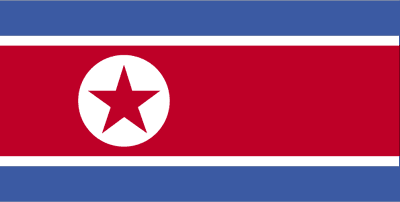
- The Battle of Midway: Turning the Tide in the Pacific - June 7, 2023
- The D-Day Operation of June 6, 1944 - June 6, 2023
- The B-29 that Changed History - June 4, 2023

